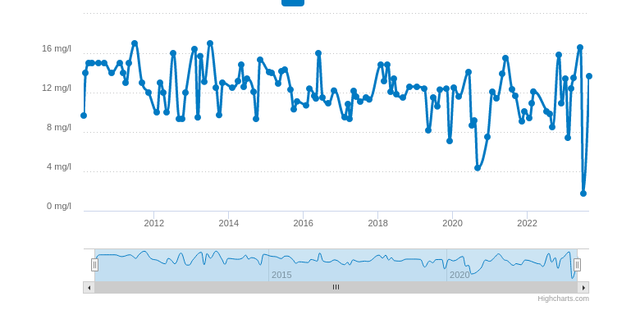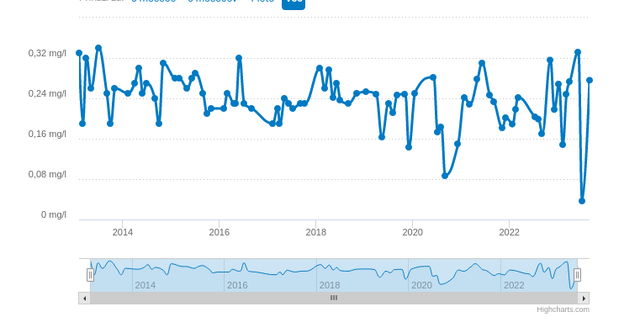stiray
Member
I have an issue, next to my house is a spring, which is considered as "healing" by the locals but I don't have any water analysis, it is drinkable, often used by aquarists, the only thing that I know is that it has 5.3 pH.
On the other side, this is our tap water, chlorine is almost never used and even than for only for short period of time on special events (earthquake, drought, flooding,...).
Since I don't know much about spring water, I wanted to experiment a bit with tap water, but again I am greenhorn, could someone suggest me what/if there is something to improve?
For now, I am in love in Belgian tripels, but i have an issue with spring water as it goes down to pH 4.86 before fermentation and it leaves a very slight sour aftertaste at 1.005 (OG 1.080, M31 yeast) which bothers me a bit, it is not unpleasant but not really tripelish.
Any suggestion? From what to improve on water profile to what beer would be more appropriate for it, I am all ears. If you need some more info, I am glad to provide it, just ask.
On the other side, this is our tap water, chlorine is almost never used and even than for only for short period of time on special events (earthquake, drought, flooding,...).
Full analysis, in our language, but chemistry names are similar all over the world, Water Analysis.pH: 7.4
Calcium: 73 mg/l
Magnesium: 5 mg/l
Sodium: 25 mg/l
Potassium: 0.85 mg/l
Chloride: 7.68 mg/l
Nitrate: 13.7 mg/l
Sulfate: 10.9 mg/l
Chlorine: 0 mg/l
Since I don't know much about spring water, I wanted to experiment a bit with tap water, but again I am greenhorn, could someone suggest me what/if there is something to improve?
For now, I am in love in Belgian tripels, but i have an issue with spring water as it goes down to pH 4.86 before fermentation and it leaves a very slight sour aftertaste at 1.005 (OG 1.080, M31 yeast) which bothers me a bit, it is not unpleasant but not really tripelish.
Any suggestion? From what to improve on water profile to what beer would be more appropriate for it, I am all ears. If you need some more info, I am glad to provide it, just ask.
Last edited:




